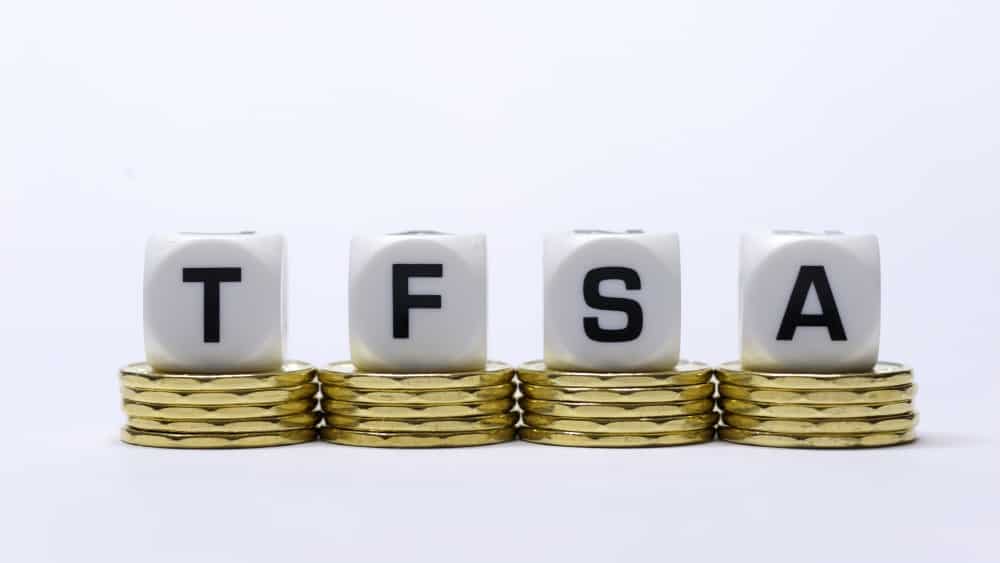Canadians are privileged because they have the Tax-Free Savings Account (TFSA) and Registered Retirement Savings Plan (RRSP). Both serve as extensions of retirement pensions. The Canada Pension Plan (CPP) and Old Age Security (OAS) are partial replacements to the average pre-retirement income.
By employing the TFSA and RRSP, account holders can fill the income gap to have enough when they retire. Both are excellent tools to meet financial goals. However, it’s not only about maximizing contributions to either account.
Younger users, in particular, are in the best position to derive the utmost advantage. There’s no playbook, but it would help to know the ideal approach when you’re starting to save for the future.
Differences
RRSPs contributions are tax-deductible, and investment earnings grow tax-free within the account. However, your contributions and investment earnings are taxable upon withdrawal. Since withdrawals happen after retirement, the tax rate is usually lower than when you contributed.
TFSA contributions are not tax-deductible, although money growth is also tax-free. Any withdrawal is tax-exempt and will not impact eligibility for federal income-tested benefits and tax credits. Moreover, you can return withdrawn funds to your available TFSA contribution room in the following year.
Start with the TFSA
Income brackets play a crucial role in the wealth-building process. If you have zero savings in an RRSP, then start with a TFSA. It would be more advantageous to save in a TFSA if you belong to the low-income tax bracket. The RRSP tax savings are less substantial because you could land in a higher tax bracket upon withdrawal.
Once you reach the middle-income tax bracket, there’s no clear advantage. However, you can contribute to your TFSA now and accumulate RRSP room for later when your income is higher. You optimize the tax benefits in a higher income bracket.
The RRSP is a better option if you’re in the high tax bracket or expect a higher tax rate when you withdraw your savings. The tax deduction could be substantial because taxes on contributions and withdrawals in the future are lower. Savvy Canadians use the refund from RRSP contribution to fund their TFSAs.
Most TFSA and RRSP users prefer dividend stocks over other income-producing assets. Apart from recurring income streams, there could be gains from price appreciation. Also, if stock prices fall, dividend earnings provide the cushion.
First-rate TFSA stock
Since you can use either account to save for retirement, it’s best to hold blue-chip assets in them like bank stocks. While the National Bank of Canada (TSX:NA) is the sixth-largest lender, it’s a first-rate choice like the Big Five banks.
In Q2 fiscal 2021 (quarter ended April 30, 2021), the $30.91 billion super-regional bank reported a 111% increase in net income versus Q1 fiscal 2020. For the first half of the fiscal year, net income is 58% higher than in the same period in the previous year.
As the economic environment improves and becomes more conducive to business growth, the stock should outperform. At $91.60 per share (+29 year-to-date), the dividend yield is 3.06%. Analysts see a potential upside of 19% to $109 in the next 12 months.
Complementing accounts
The TFSA and RRSP co-exist not to clash, but to complement each other. Users must know when to apply the distinct features to get the most benefit.









